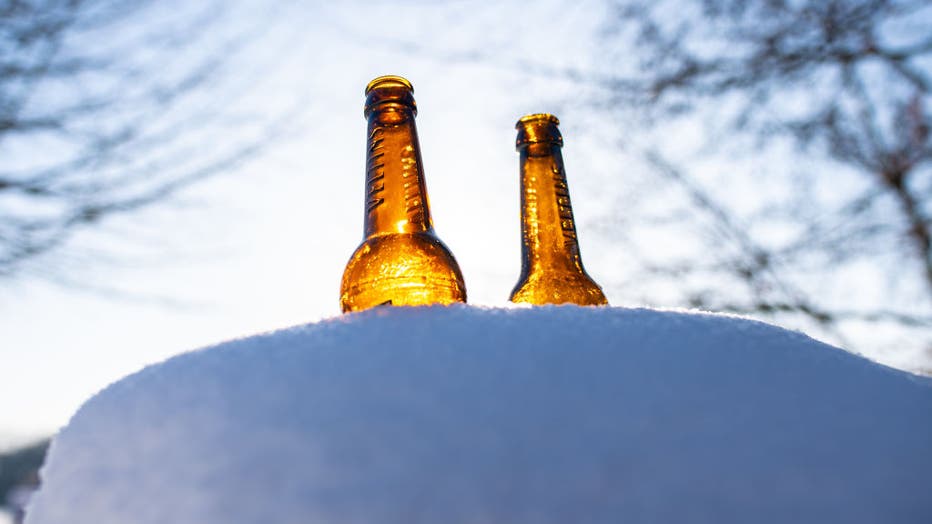Beer, whiskey taste best at these temperatures, science says
Researchers at the Chinese Academy of Sciences have potentially unlocked the secret to the ideal temperature for enjoying alcoholic beverages.
Their breakthrough study, published in the scientific journal Matter, explains why beer often tastes best when served cold and why whiskey may be more enjoyable neat.
The research highlights how the molecular structure of water and ethanol changes with temperature, affecting the overall taste perception of these drinks.
The molecular dynamics of cold beer
The study reveals that at lower temperatures, alcohol tends to form more pyramid-shaped structures around water molecules. This is particularly evident in drinks with an alcohol content of 5% to 11%, such as beer, which is best served at 41°F.
At this temperature, beer displays an increase in chain-like structures that enhance its taste, making it preferable to drink cold. This insight explains the traditional preference for chilled beer, significantly lighter beers with alcohol percentages between 4% and 6%, and craft beers ranging from 6% to 10%.
Why whiskey tastes better neat sometimes
The research extends beyond beer. While the study did not detail specific temperatures for whiskey, the implications suggest that at room temperature, whiskey's higher alcohol concentration might favor a different molecular arrangement, possibly enhancing its flavor when consumed neat.
This could provide scientific backing for why many whiskey aficionados prefer their drink without ice.

FILE - The sun shines on two empty beer bottles stuck in the snow.
Debunking old drinking mantras
In addition to exploring optimal drinking temperatures, the scientists also addressed common alcohol consumption myths, such as "Liquor before beer, you’re in the clear." The findings suggest that these sayings might not have a scientific basis but are more related to drinking practices and alcohol effects at different temperatures.
"At low temperature, the tetrahedral (pyramid-shaped) clusters become the low concentration amount," lead author and materials scientist Lei Jiang said in a statement.
According to a report from Phys.org, the researchers are optimistic about the practical applications of their findings.
They propose that the beverage industry could use these insights to develop new alcoholic products that optimize the 'ethanol-like' taste while possibly reducing the actual ethanol content. Researchers say this could revolutionize how alcoholic beverages are formulated, offering products that cater to more refined palates and preferences.
This story was reported from Los Angeles.

